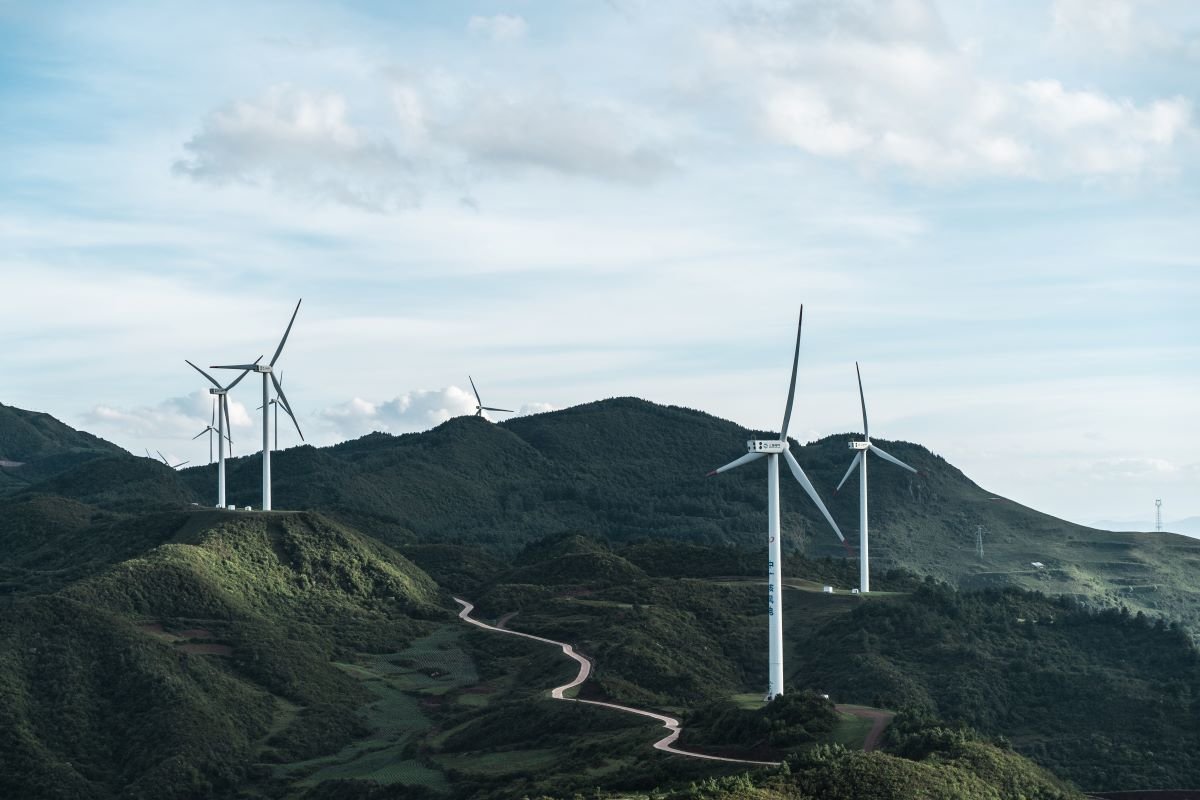From the start of the COVID-19 crisis, there has been a broad consensus on the need to use recovery spending to not just support economic recovery but also address climate and biodiversity crises. In Europe, leaders agreed that recovery efforts should support the EU’s “green and digital priorities”, making this a guiding theme for the implementation of the EU’s Recovery and Resilience Facility (RRF).
E3G has been following the EU Recovery and Resilience Facility process and the development of national recovery plans, which governments had to develop to access RRF funding, over the last year. Here is what we learned, starting with the positives:
- In Europe, the need for climate action has been truly mainstreamed. While in past crises, few recovery packages prioritized green spending, concerns for climate action took centre stage in 2020 and 2021 in Europe. It is true that short-term bailouts mostly benefited polluting industries; however, decisionmakers clearly emphasized the importance of supporting climate action with long-term recovery spending.
- There is now broader agreement among policymakers on what “green spending” is, and greater public scrutiny on whether that standard is being met. The achievement of the RRF’s 37% climate spending benchmark is based on a dedicated climate tracking methodology. While there are some gaps, most importantly related to loopholes allowing funding for some fossil gas projects, the assessments provided by this methodology are generally aligned with the requirements of the green transition. This methodology for assessing the “greenness” of public spending provides fertile ground for the next steps on the way to greening public budgets.
- The effectiveness of ambitious EU-wide spending conditionalities and their ability to elevate policy choices across the Union has been demonstrated. While most national recovery plans are not transformational, many final plans are still better than previous draft versions, including more green spending measures and providing more details on the measures included. The Green Recovery Tracker assessed national plans at different stages of the drafting process and identified improvements in the quality and quantity of green spending measures for instance in Slovenia, Estonia and Germany.
However, the RRF’s implementation also illustrated shortcomings:
- National governments, for the most part, did not set out to write recovery plans that would fundamentally advance the green transition. We found that most early drafts fell short of the 37% climate-spending target. While subsequent drafts did improve, many governments only improved plans to the extent necessary for achieving the formal requirements. This indicates that most governments did not actively embrace the opportunity to accelerate the green transition. Yet, the imperative to do so has only increased in the time in which governments developed their plans, including through the agreement of a higher EU 2030 emissions reduction target. Delivering policies that can match this ambition will be the core climate challenge for the coming years.
- Member states failed to deliver critical reforms. Member states were asked not only to submit spending plans but to also include reforms tackling specific national challenges. This provision could have made an important contribution to the climate transition, for example by tackling national regulatory hurdles that are holding back renewable energy development. However, few governments included ambitious green reforms in their plans and most plans were based on National Energy and Climate Plans that are not yet aligned with the EU’s updated climate targets. Rather than initiating a process for thinking through what the most strategic investments might be, most plans pulled together a list of projects that had, in some cases, already been planned pre-crisis. We also found that those countries which had developed comprehensive national decarbonization strategies and used these to guide their drafting process submitted greener plans overall, with Finland being the clearest example.
- National recovery plans were largely developed behind closed doors, with little room for independent scrutiny and public participation. The RRF’s financing through joint EU debt is widely regarded as an historical moment for European integration. However, the great public and political interest in this moment did not trickle down into the drafting process for national plans. Governments allowed few or no opportunities for public participation in the development process for the plans. As a result, they failed to draw on the rich expertise available among national civil society organisations and involve citizens in decisions that will be key to their future wellbeing.
As the world nears “the end of the beginning of the Covid-19 recovery”, the importance of dedicated recovery packages will decline, and the importance of applying the lessons learnt from this process will increase. It will be crucial for decision-makers to learn from this process as the focus shifts to greening public budgets in the long run.


